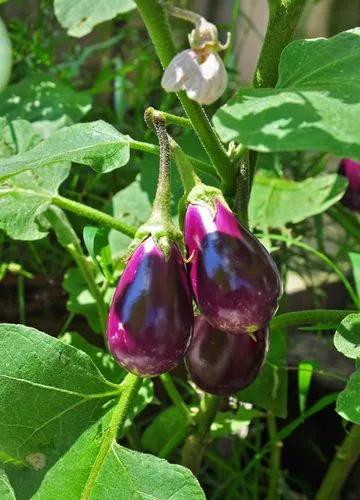Ariocarpus trigonus is one of the largest species that distinguishes for the long leaf-like triangular tubercles and peculiar yellow flowers. It is quite variable in tubercle shape and size and has received numerous unnecessary names of no botanical value, representing no more than local phenotypes. Habit: Solitary rosette-forming, geophytic cactus rising slightly above ground level.Stem: 5 to 30 cm in diameter, 4 to 25 cm tall, globose, more or less depressed, rounded on top, mostly yellowish-green.Tubercles: Upright yellow/brownish grey, divergent, not closely set or basally compressed, acute at the apices, flattened and smooth adaxially, not fissured, strongly incurved, 3-8cm long, 1-2.5cm broad, usually twice as long as wide, but variable from long and thin to short and broad.Areoles: Ariocarpus trigonus bears only small basal areoles, whose meristem do not divide, monomorphic. On the contrary Ariocarpus retusus has floral and spinous parts separate, dimorphic. However spine-bearing portions of the areoles are present at the tips of the tubercles of tubercles only in very small specimens.Flowers: Cream-white to yellowish-white or yellow (occasionally with reddish mid-ribs) with a satin sheen, 3 to 5 cm in diameter up to 4 cm long.
Living Rock Care
Ariocarpus Trigonus



What is the plant
How to Care for the Plant

Water

with ample water during the growing season

Fertilizer

Use of a weak low-nitrogen fertilizer during the growing season can encourage growth

Sunlight

Needs light shade to full sun
Ease your plant care routine with PlantIn's personalized system.

Soil

It is of easy cultivation in a well drained, non-organic, free-draining soil compost

Temperature

Hardy to -10° C.

Popularity

26 people already have this plant 6 people have added this plant to their wishlists
What's wrong with your plant?
Related Plants
Discover more plants with the list below
Popular articles






